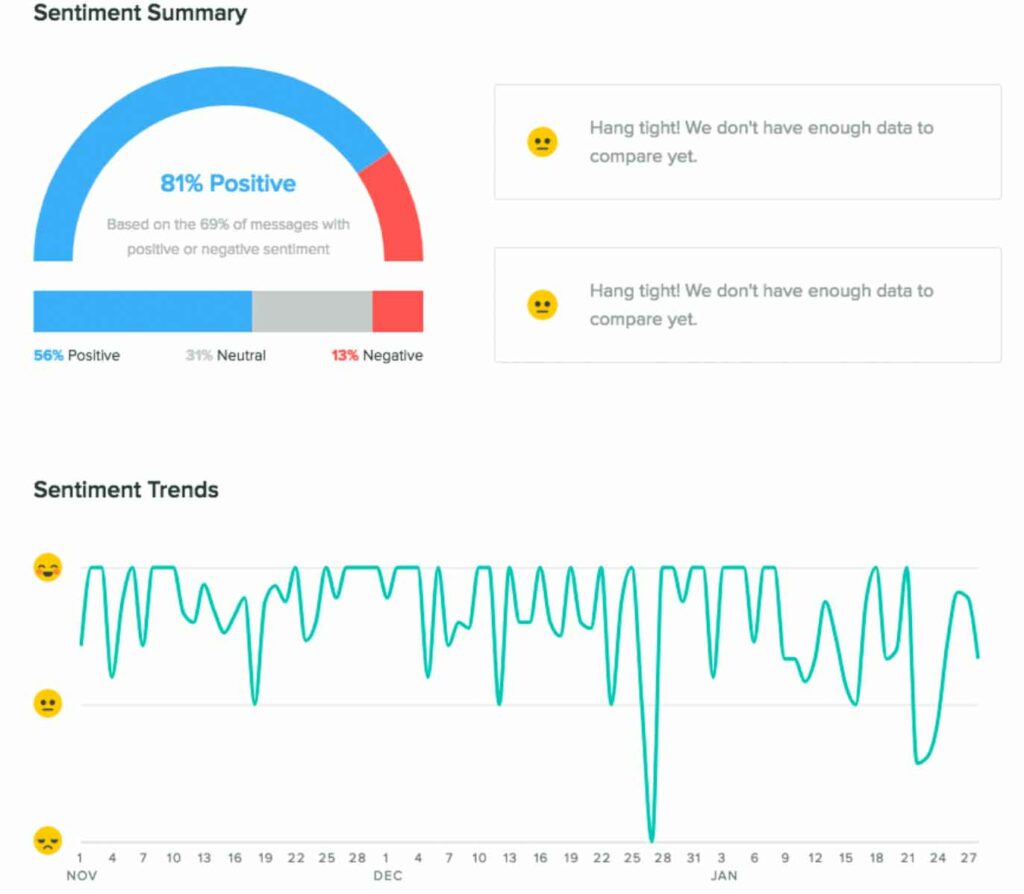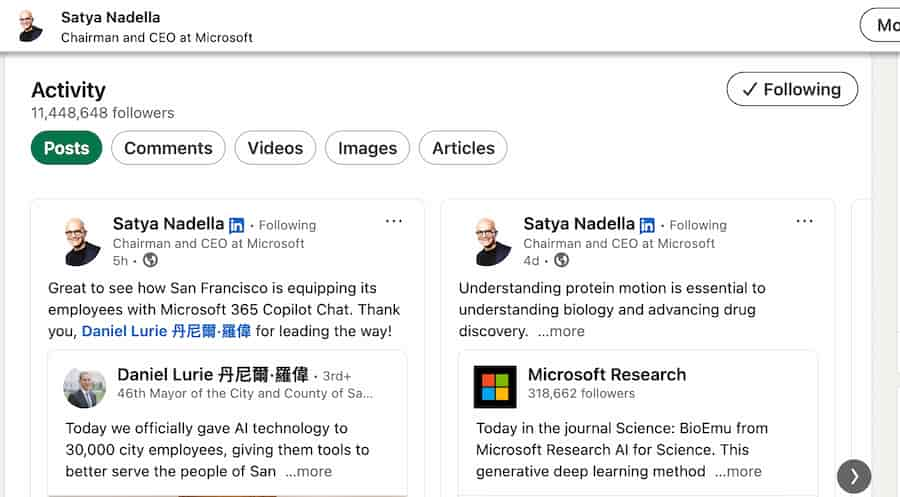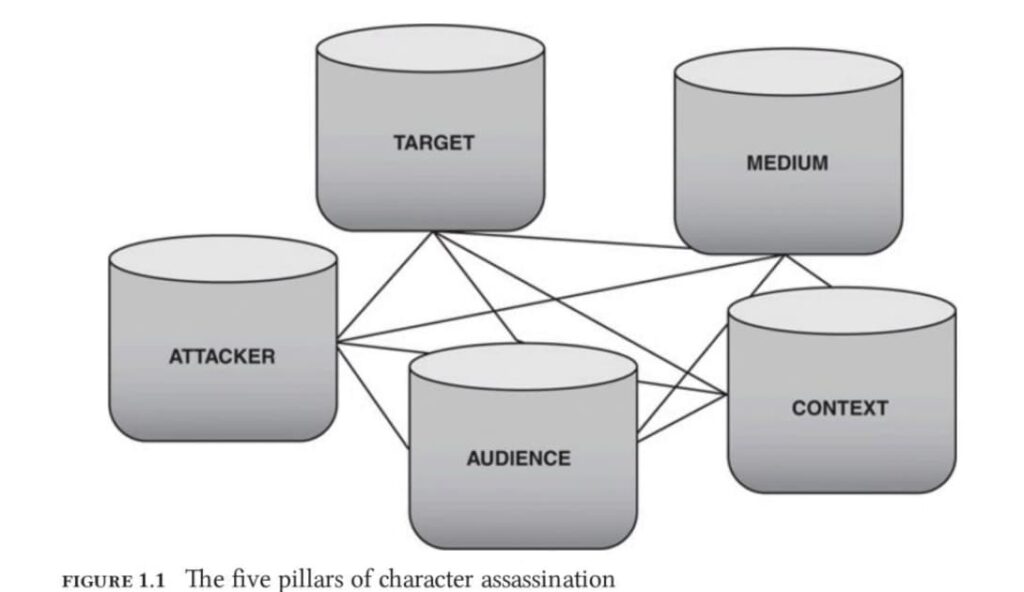Mastering CEO Reputation Management: A Leader’s Guide
Managing your reputation as CEO goes far beyond damage control—it requires proactively shaping how others perceive your leadership. The stakes are considerable because your reputation directly impacts not only your personal credibility but also your company’s relationship with investors, employees, and the public.
Our guide covers practical, realistic strategies to help you build an authentic image aligned with your leadership style and your company’s values. This article will focus on maintaining your credibility as a CEO. For a broader take on corporate and executive reputation, check out our Ultimate Guide.
Key Takeaways
Your Reputation Sets the Tone: As a CEO, your credibility influences how stakeholders, including employees and investors, view the entire organization.
Begin with a Clear Picture: Conduct a thorough reputation audit to reveal how you’re actually viewed compared to how you’d like to be seen.
Authenticity Beats Perfection: Real stories stick; manufactured personas rarely do.
Choose Social Channels Wisely: Not every platform matches your purpose. For professional dialogue, LinkedIn usually trumps Facebook, while X offers quick, timely exchanges. Consistent, thoughtful engagement matters far more than frequent but hollow interactions.
Stay Ahead with Thought Leadership: Whenever possible, author opinion pieces or offer industry insights to establish yourself as an expert in your field.
Transparency is Your Ally During a Crisis: If public perception turns negative, honest acknowledgment and clear action plans demonstrate strength and integrity, helping you recover credibility more quickly.
Your Brand and Company Values Are Interconnected: Your personal reputation isn’t separate. Your personal and brand image are tied together, which means they must be in alignment.
Measure Results, Not Vanity Metrics: Stop counting social media likes and instead focus on broader changes in public sentiment, industry influence, and trust levels over time.
CEO reputation management is a continuous effort, integrated into your broader corporate branding narrative. Want to learn how to manage it in an efficient and thoughtful way? Let’s start by digging into the first practical step: the reputation audit.
Step 1: Conduct a Reputation Audit
Researching how you’re currently perceived is the first step to working on your CEO reputation. This foundational step will make you aware of your current standing, then you can clearly identify opportunities for improvement. Here’s how to do it.
Evaluate Current Public Perception with Online Tools and Surveys
Start by seeing yourself through the eyes of your audience. Tools like Google Alerts, Brandwatch, or Meltwater can help you spot mentions across various media (blogs, news channels, social platforms) and understand the sentiment behind these conversations. For example, if you’re frequently praised publicly for innovation but internal sources indicate dissatisfaction over transparency, you have a meaningful gap to address.

Remember to conduct periodic internal surveys or brief check-ins with stakeholders. Employee feedback often reveals more subtle internal perceptions of your leadership style, helping uncover gaps that external sentiment may not highlight. For instance, anonymous employee responses might flag accessibility or visibility concerns, setting an immediate priority for improvement.
Identify Gaps Between Desired and Actual Reputation
Once you’ve collected data, determine whether there’s a disconnect between perception and reality, especially related to your intended reputation. Maybe you’d like stakeholders to see you as an advocate for sustainability, but the media overwhelmingly focuses on your financial acumen. Recognizing such gaps is the first step toward course correction.
For example, one of our clients, a finance-sector CEO, faced exactly this challenge. Despite earnest efforts toward diversity initiatives, public discourse kept overlooking these breakthroughs. Ultimately, they shifted their communication strategy to highlight specific diversity milestones more visibly.
Remember, influencing public perception takes time, so plan your strategy accordingly.
Analyze Your Media Coverage and Digital Footprint
Look closely at historical press coverage, noting frequent themes and the tone in which they appear. Are your leadership traits clearly recognized, or do messages feel inconsistent or disconnected?
Check your digital presence, too. If you have any outdated, incomplete, or contradictory information on your LinkedIn pages, corporate sites, or social profiles, your credibility will suffer. For instance, one technology CEO realized a dormant X account still featured outdated comments conflicting with current leadership values, causing unnecessary controversy.
The reputation audit is your diagnostic starting point. Use its insights to pinpoint exactly what’s working and what’s holding you back.
Leveraging Digital Channels for CEO Reputation
Using Social Media Effectively
Being selective about social platforms pays off. Choose the channels matching your audience and your leadership style:
- LinkedIn for insightful discussions
- X for quick interaction
- Instagram to show your approachable side
Microsoft CEO Satya Nadella, for example, utilizes LinkedIn effectively by sharing thoughtful articles that align with corporate priorities, subtly reinforcing his values and expertise.

Genuine, meaningful conversations build trust, so don’t just broadcast—engage. It’s more important to respond to thoughtful comments, join industry debates, and interact meaningfully with followers than to take a schedule and forget it approach. One reply to a valuable insight from a peer might be worth a dozen automated posts.
In addition to discipline and consistency, CEOs must remember to integrate social media throughout all levels of brand management, and not just through a marketing/public relations lens. A 2017 study found that companies that treat social media purely as a promotional tool often miss the mark because they lack integration with other business aspects.
When social media is managed incorrectly, it can lead to:
- Inconsistent messaging
- Slow crisis response
- Poor customer engagement
Creating Content That Brings People to You
Use search tools to find relevant topics that your audience discusses, then contribute with genuinely useful insights or thoughtful reflections.
A biotech CEO illustrates this sharply, consistently publishing short, impactful blogs on healthcare advancements. These timely articles build visibility around his leadership in the industry, creating a strong digital footprint.
Leveraging Your Company’s Digital Assets
Your organization’s website is a natural platform for reputation building. A dedicated executive biography page clearly outlining your accomplishments, values, and current involvement in key issues helps define your public persona.
Consider adding details to humanize your role while clearly aligning with company values, such as:
- Highlights of your recent speaking engagements
- Brief video interviews
- Personal commentary on pressing industry trends
Navigating and Addressing Reputation Crises
Catch Early Warnings
Character assassination can manifest in a variety of ways, ranging from spreading rumors and name-calling to misrepresenting facts.
The “Five Pillars of Character Assassination” framework breaks down reputational attacks by looking at the key players and forces involved: the attacker who launches the strike, the target under fire, the media that amplifies it, the public that interprets it, and the broader context that shapes its impact.

Spotting trouble early is your best defense. Use monitoring services to track mentions, which can surface developing issues, such as toxic online conversations or misinterpreted comments, before they escalate. Identifying these problems early enables a prompt response without them snowballing.
A CEO I once knew identified growing complaints online around product shipment delays. Early detection led to quick, transparent responses, calming customer impatience, and resolving the crisis before it fully materialized.
Respond Clearly and Authentically
Should an issue arise, it is important to acknowledge issues directly and transparently without defensive excuses. If at fault, accept responsibility openly, outline actions clearly, and keep stakeholders updated.
During a contentious merger, a pharmaceutical CEO engaged openly with concerned shareholders. Townhalls and personal messages addressing fears directly provided humanity and straightforwardness at a sensitive moment, rebuilding confidence throughout the organization.
Post-Crisis—Show That You’re Learning
Following an incident, stakeholders need reassurance that you’ve learned your lesson. Share honest progress updates, perhaps quarterly summaries, to show how and why you’re addressing underlying issues, not merely hoping controversy fades.
Starbucks set a clear example after its well-publicized 2018 diversity incident, closing stores company-wide for training and transparently communicating steps they actively took to change.
Linking CEO and Corporate Reputation
Align Your Personal Brand With Your Company’s
Your company’s reputation is a direct reflection of your personal reputation. Good alignment in this area is needed to boost stakeholder confidence. If your firm publicly prioritizes sustainability, ensure your personal communications do the same. Patagonia’s CEO regularly highlights ethical practices personally, reinforcing the significance of their commitments.

Coordinating Across Teams
Rather than operating in silos, make sure that your marketing, PR, and HR teams are reinforcing your leadership priorities. Regular cross-team discussions ensure messages amplify effectively throughout the organization, from internal communications to external media.
Measuring CEO Reputation Success
Tracking Meaningful Metrics
Measure reputation effectiveness through genuine sentiment tracking tools like Hootsuite’s. Look beyond social likes—observe conversations, industry recognition, and influence shifts. Regularly revisiting key metrics tells you if your efforts are producing the desired impact.
Regular Check-Ins and Adjustments
Your reputation goals may change over time. That is perfectly normal, so be prepared to iterate your strategy as needed. If thought-leadership articles aren’t driving visibility, it may be time to recalibrate your content. Regular reviews let you pivot efficiently to respond to feedback or changing public perceptions.
Celebrate Your Wins Publicly and Internally
Success stories need sharing, too. If your panel remarks received favorable industry coverage, leverage this publicly and internally. Sharing genuine, transparent successes reinforces your strategic efforts, validating your entrepreneurial vision.
Conclusion
Your reputation isn’t about image crafting; it’s your leadership conversation, capturing your authenticity, imperfections, and growth. Reputation is an ongoing responsibility, built best through transparency, consistency, and action. Leadership isn’t about perfection; it’s understanding every action tells your story. Start intentionally today to build a strong legacy you’re proud to own.
